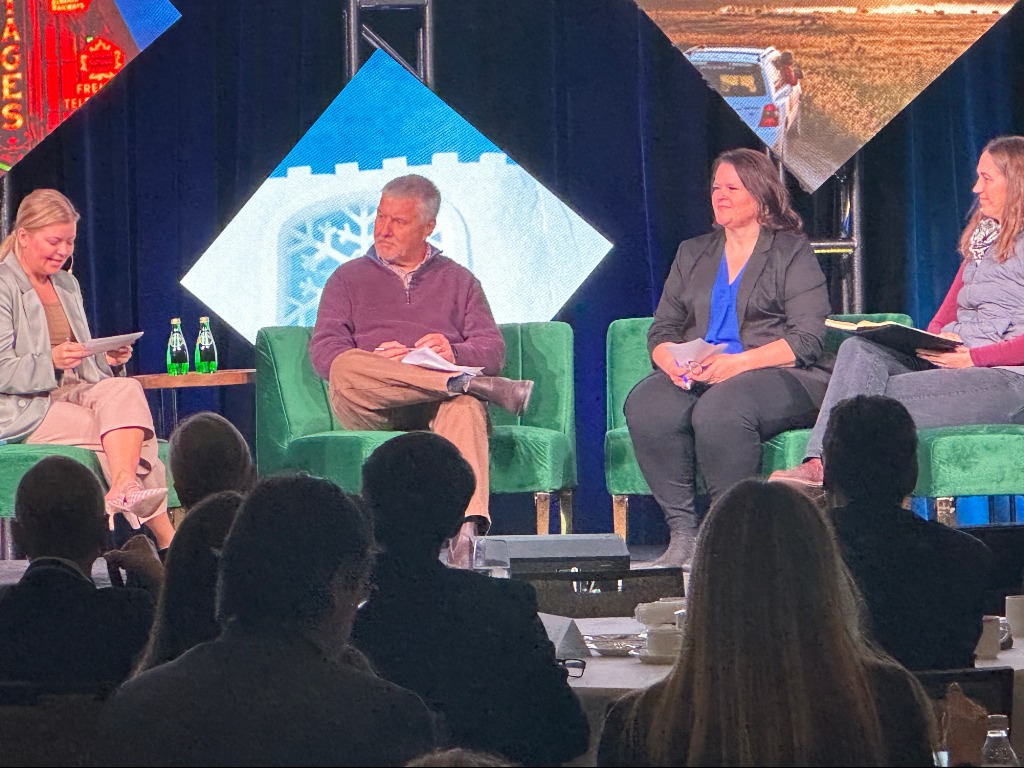Community involvement, communications, key to tourism recovery after a natural disaster

With natural disasters becoming more common and more severe, tourism businesses are taking a hard look at what tools they need to be ready for, and recover from, natural disasters.
The TIAC Tourism Congress 2023 helped move the discussion forward with a panel that learned the hard way: people whose tourism businesses and regions had survived a natural disaster, reports Press Today’s Debra Ward, who’s in Ottawa attending the event.
Moderator Jill Doucette, Founder, Synergy Enterprises, kicked off the session by asking who in the audience had an emergency preparedness plan. Not everyone did, and even fewer were convinced that their plans were complete.
Russell Walters, Regional Director, North America, Adventure Travel Trade Association, spoke about his experience in Nepal, learning that your first reaction may not be the one that provides the most help. You need to listen to what your community is saying it needs.
Speaking about his experience of the 2015 earthquake in Nepal, he said his company’s first reaction was to help provide goods to help in recovery. But those needs were being handled. What Nepal needed from its tourism industry was outward communications once the disaster was over, talking to media and to buyers to let people know that Nepal was “opened for business” and helping return much-needed tourism revenue to a devastated region.
The lessons are similar for tourism businesses in Canada. Donna Lee Demarcke, CEO, Northwest Territories Tourism also found communications was critical, as the NWT tourism business dealt not only with evacuating tourists from remote locations, but also with confusing or misleading media stories.
For example, even though the fires and evacuations were miles away, and the fire never got closer than 15 kms to Yellowknife, media reports and images made it seems as if Yellowknife was in the heart of the fire zone, directly affecting recovery for Yellowknife businesses. Donna Lee spoke about the challenge in getting the stories corrected.
Collaboration was a recurring theme. According to panelist Amy Thacker, CEO, Cariboo Chilcotin Coast Tourism Association, BC’s response is the BC Tourism Emergency Management Framework, which recognizes is a shared responsibility between governments, communities, associations, business owners, clients, and citizens. Amy’s region faced flooding and mud slides after receiving a month’s worth of rain in two days.
Even though the panelists’ experiences were different, their solutions and lessons learned were remarkably similar. Chief among them was the recognition that rebuilding communications infrastructure with everyone around the table was as important as rebuilding hard infrastructure. Donna Lee shared the experience of the government’s evacuation orders for communities that were the sole support for fly in and remote tourist areas. Once those communities were evacuated, the connections to those areas were severed. Having tourism representatives involved in evacuation planning would have gone a long way to avoid the problem.
Another lesson learned is that communications with the media must be direct and interactive, using social media to correct any misrepresentations quickly.
They all agreed that they time to work on preparedness is when things are going well, working with your local regional, national and international networks on a comprehensive plan so you are ready to go if and when disaster strikes.
The panel also reminded delegates not to forget that the people must recover too. They need to catch their breath and reconnect so they can build their own resilience and help rebuild.
Recovery from a natural disaster is a journey, they concluded, that begins at day zero, involves everyone and keeps evolving.
Story by Debra Ward
Photo by Greg Ohman


